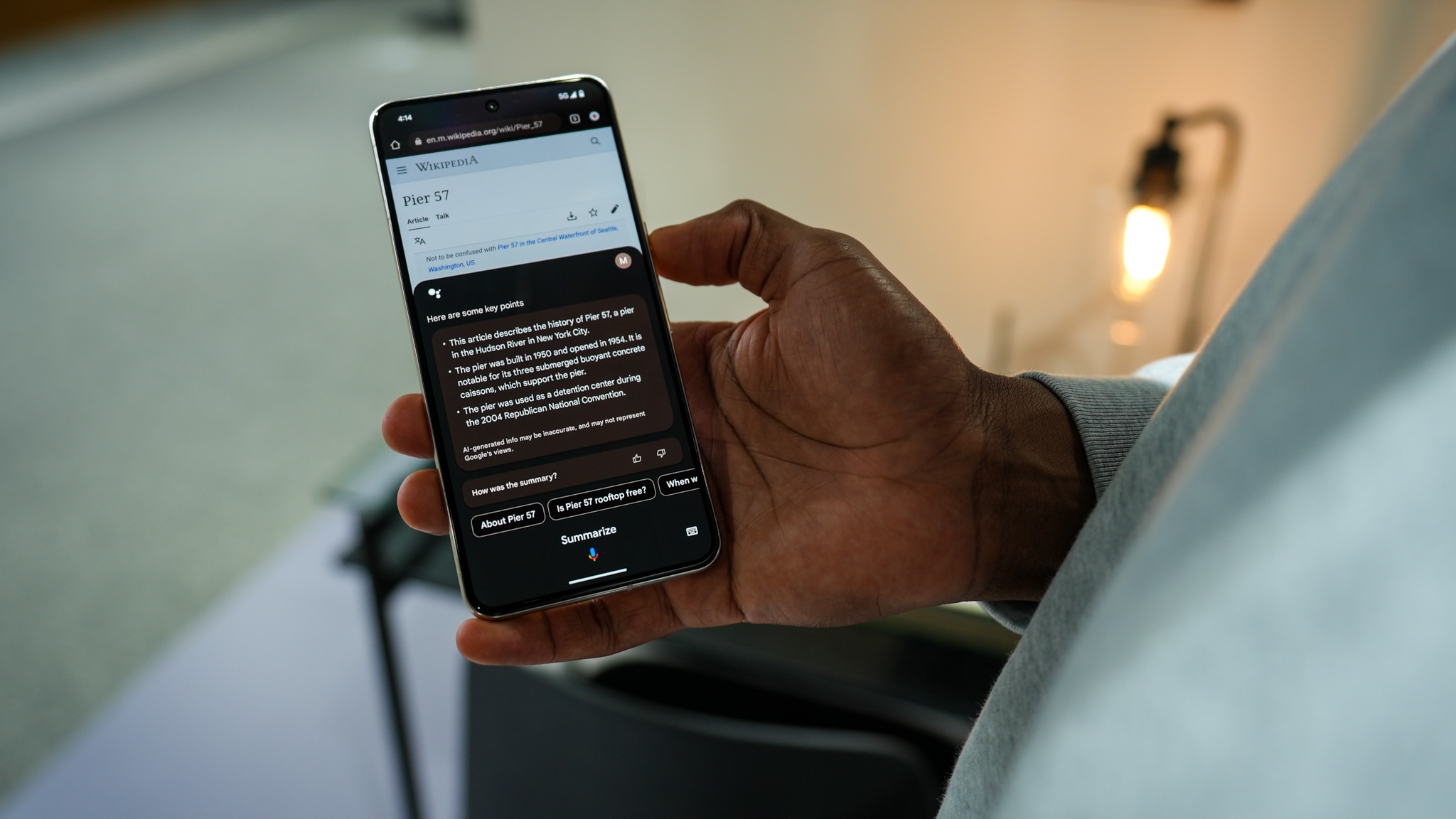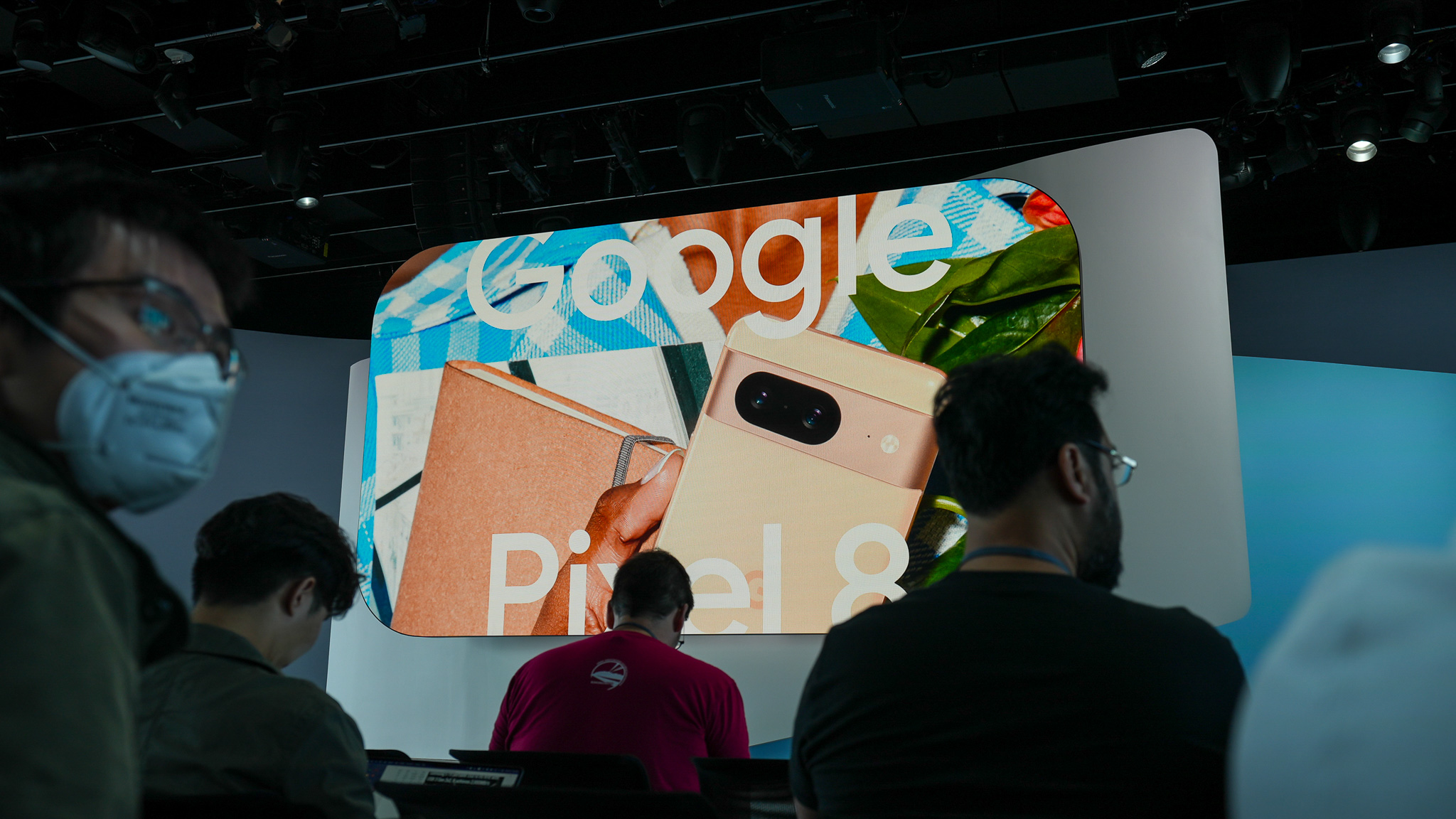Google unveiled not one but two new Pixel phones last week, the Pixel 8 and Pixel 8 Pro. And it struck. At the launch event in New York, which I attended, “oohs”, “aahs” and other ovations could be heard during the hour-long keynote.
With the Google Pixel 8 series in particular, I was very impressed with the multitude of features and camera capabilities the company was pushing. Some will certainly be quickly forgotten, in my opinion, after the initial test period, and others appeared to be a real evolution of what you can do with your smartphone.
Below, I’ve listed the five most exciting features from my perspective, including some more subtle ones that solve old problems I have with Pixel devices.
1. Google Assistant 2.0

June Wan/ZDNET
When was the last time you used Google Assistant to ask for the weather, set an alarm, or find a nearby restaurant? The Google Pixel 8 series marks a new beginning for one of the world’s most popular voice assistants, with several AI improvements and features that should make it more interesting for more people to use.
The list includes a helper:
- Taking into account the context which sounds more human than ever
- Who has the ability to summarize and read aloud web pages while ignoring unnecessary content like advertising copy and logos
- Which performs image processing and generates captions for you on social media
I’m particularly curious to gauge the effectiveness of Google Assistant with Bard, which will ship “in the coming months.” It was only a matter of time before Google integrated its AI chatbot with its voice assistant. Google is therefore doing with Android what Microsoft is doing with Copilot and Windows PCs.
2. The Brightest Pixel Screen Ever
![]()
June Wan/ZDNET
If there’s one thing I never miss when switching from a Pixel smartphone to an iPhone or Samsung, it’s screen brightness. This has always been a big flaw for me with Google mobiles, as it clashes with the company’s emphasis on camera performance.
If you’re shooting photos and videos outdoors, the brightness of the screen (and viewfinder) can make the difference between a perfectly framed image and one that’s taken haphazardly.
With the new Pixel 8 and Pixel 8 Pro, Google has increased the maximum brightness to 2,000 and 2,400 nits, respectively. The demo area at the Made by Google event was relatively well lit, so I naturally turned up the brightness of the devices when I first handled it. To my surprise, the screens were much more visible – too bright in some cases to take photos without overexposing the background.
This display improvement should impact the day-to-day experience of the new Pixel smartphones, and not just for taking photos, and so I’m optimistic as testing approaches.
3. Video Boost
![]()
June Wan/ZDNET
Speaking of brightness, the Pixel 8 Pro gets a new video enhancement feature called Video Boost. By relying in particular on HDR+, it captures better dynamic range and, therefore, details, in well-lit environments as well as in darker environments.
A video demonstration presented during the keynote showed how the dark streets of Japanese cities could be lit, revealing architecture that could not be captured without the right lighting equipment.
What’s interesting about Video Boost is that most of the post-processing is done in the cloud, meaning that once you’ve made a video, the original copy will be stored as usual, while that the improved version will be returned to you a little later. A Google spokesperson said it took hours for one of their videos to be fully processed.
Video Boost will be available with the Pixel update in December.
4. Clearer and Improved Calls
The ZDNET team has also had its share of cellular connection issues with Pixel phones, myself included. So I’m cautiously optimistic at the announcement of the new feature Clear Calling. Using training models and AI, the Pixel 8 could better detect background noise and filter it out, highlighting your voice.
The same function is present on the old Pixel 7 and the Pixel Fold. But, from experience, on these two devices, I was often greeted by this type of comment from my interlocutor: “Sorry, can you repeat?” or “Your voice is muffled.” So much so that my friends and family members knew when I was testing a Pixel phone due to the inferior mic quality.
Based on the audio samples presented during the keynote and a series of Google Meets calls I was able to make during my timed hands-on session, the Pixel 8 series should perform better than before. I’ll be convinced of this if I no longer receive the comment “Are you testing a Pixel?” during my next phone calls.
5. Seven years of operating system updates

June Wan/ZDNET
Google proves skeptics wrong with its latest software commitment, surpassing both Apple and Samsung in future updates and longevity. The Pixel 8 and Pixel 8 Pro will receive up to seven years of operating system (OS), features and security updates. Which means they will be supported until 2030!
Given the number of AI features that are on the docket for this year’s models, the hope is that Google will bring even more useful capabilities over time.
This is a big promise, especially for a company that has a reputation for removing programs and services just a few years after their launch. One of the most recent casualties was the Pixel Pass subscription, which allowed Pixel phone users to upgrade to the latest model after two years. The service was removed a few weeks before Pixel 6 users could upgrade to the new Pixel 8…
The big question I have, given how long Google plans to refresh the software on the new Pixel phones, is how it will handle hardware support. Unlike Apple, which operates a number of stores around the world (including more than 20 in France alone), it is less convenient to have a Pixel phone repaired. Not to mention the fact that the device is not available worldwide, your chances of finding replacement parts in some regions may be difficult.
Source: “ZDNet.com”